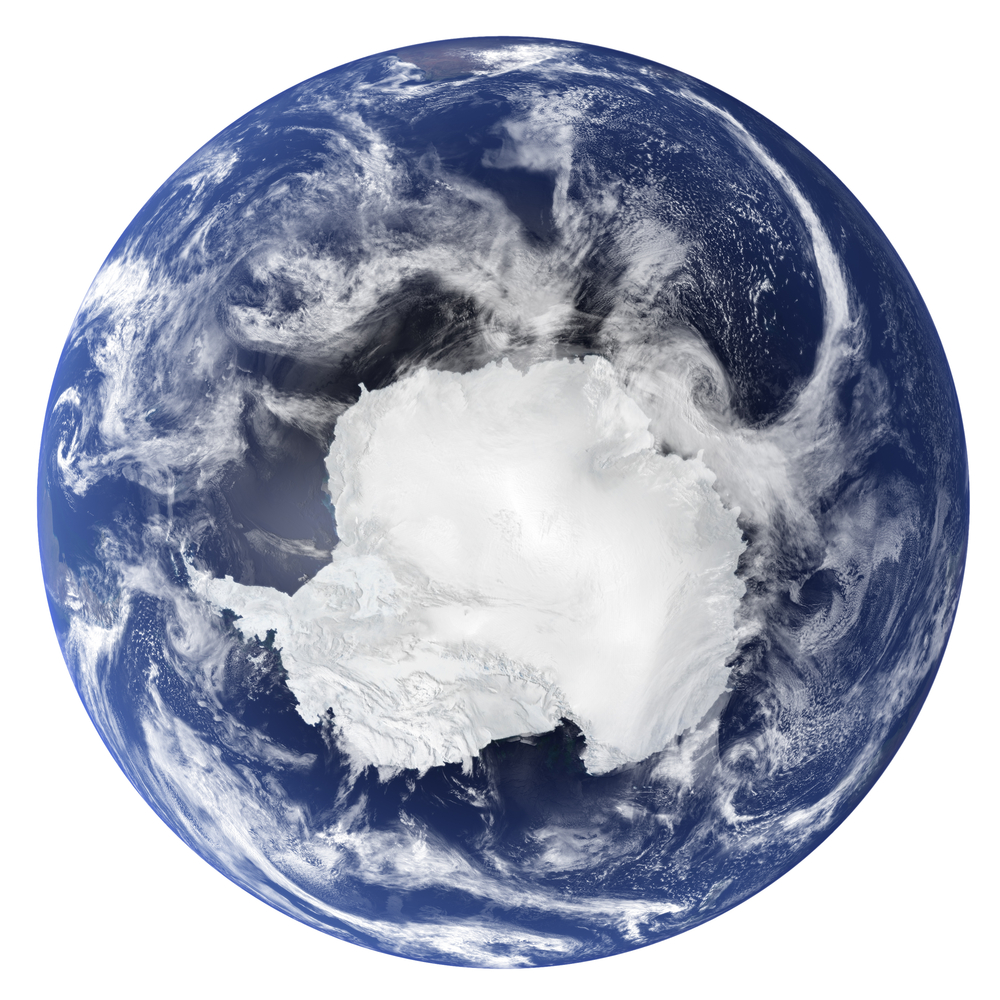Loss Of Protective Ozone Near Equator Tied To Short-Lived Chemicals
Thirty years after nations banded together to phase out chemicals that destroy stratospheric ozone, the gaping hole in Earth’s ultraviolet (UV) radiation shield above Antarctica is shrinking. But new findings suggest that at midlatitudes, where most people live, the ozone layer in the lower stratosphere is growing more tenuous—for reasons that scientists are struggling to fathom.
“I don’t want people to panic or get overly worried,” says William Ball, an atmospheric physicist at the Physikalisch-Meteorologisches Observatorium Davos World Radiation Centre in Switzerland. “But there is something happening in the lower stratosphere that’s important to understand.”
Several recent studies, including one published last month in Geophysical Research Letters, point to a robust recovery of stratospheric ozone concentrations over Antarctica—the long-awaited payoff after the Montreal Protocol in 1987 mandated a global phaseout of chlorofluorocarbons and other ozone-eating compounds.
But recent evidence indicates that the global campaign to mend the ozone layer is far from over. In an analysis published today in Atmospheric Chemistry and Physics, Ball and colleagues combined satellite data to examine ozone at midlatitudes, from Earth’s surface on up through the troposphere and the stratosphere. They found that from 1998 to 2016, ozone in the lower stratosphere ebbed by 2.2 Dobson units—a measure of ozone thickness—even as concentrations in the upper stratosphere rose by about 0.8 Dobson units. “We saw it at almost every latitude and every altitude below about 25 kilometers,” Ball says. “That made us very concerned that perhaps this was something very real that no one looked at before.”
The ozone layer’s total thickness—not just concentrations in the upper stratosphere—is vital for absorbing UV light. “What matters most for UV at Earth’s surface is the total column amount of ozone overhead,” says co-author Sean Davis, a research scientist with NOAA’s Earth System Research Laboratory in Boulder, Colorado. Although previous studies had suggested a decline in lower stratospheric ozone, no one had combined satellite data to look at what was happening across such a wide swath of the globe and so far down in the ozone layer.
Ball and his colleagues suspect that the culprit is “very short-lived substances” (VSLSs): ozone-eating chemicals such as dichloromethane that break down within 6 months after escaping into the atmosphere. Researchers had long assumed that VSLSs’ short lifetime would keep them from reaching the stratosphere, but a 2015 Nature Geoscience study suggested that the substances may account for as much as 25% of the lower stratosphere’s ozone losses. Whereas many VSLSs are of natural origin—marine organisms produce dibromomethane, for example—use of humanmade dichloromethane, an ingredient in solvents and paint removers, has doubled in recent years. “We should study [VSLSs] more completely,” says Richard Rood, an atmospheric scientist at the University of Michigan in Ann Arbor. But because the compounds are released in small quantities, he says, “They’re going to be difficult to measure.”
Climate change may also be a factor, for example by sweeping ozone out of the tropics, the study suggests. It’s vital to determine what’s eating away at ozone in the midlatitudes, where the majority of the world’s population resides. “The potential for harm in lower latitudes may actually be worse than at the poles,” says Joanna Haigh, co-director of the Grantham Institute at Imperial College London. “The decreases in ozone are less than we saw at the poles before the Montreal Protocol was enacted, but UV radiation is more intense in these regions.”
Ball and others emphasize that the Montreal Protocol has still been a success. “I don’t think it in any way says there’s something fundamentally wrong with how we’ve been dealing with the ozone problem,” says Rood, referring to the study. “What it says to me is that we’re now looking at effects that are more subtle than that original problem we were taking on” when the Montreal Protocol was adopted.

